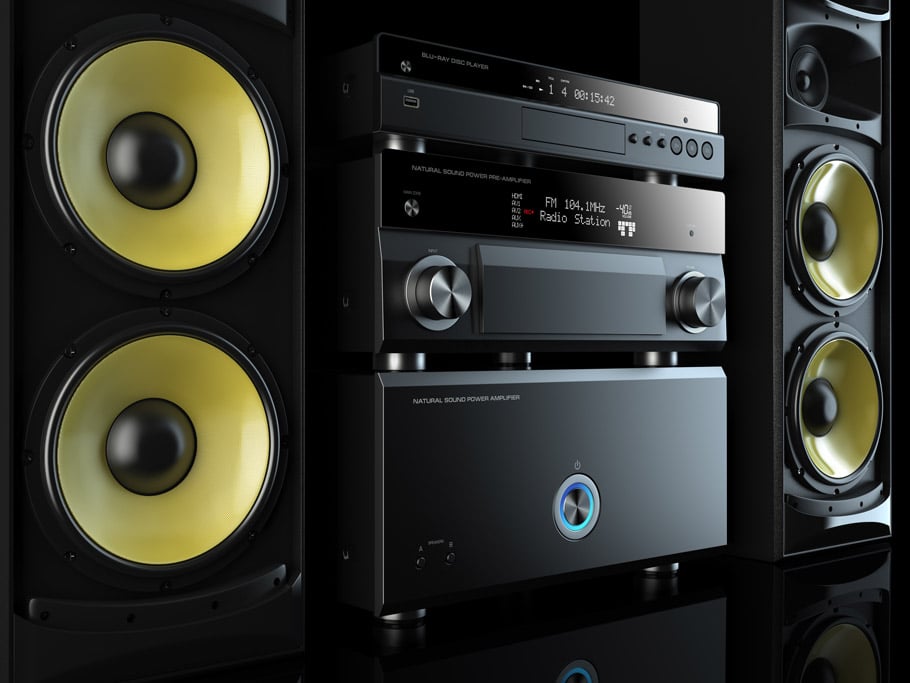The past century has seen significant technological advancements in the home audio industry. Here is a brief look at the changes over the years.
Turntable (Around 1920)
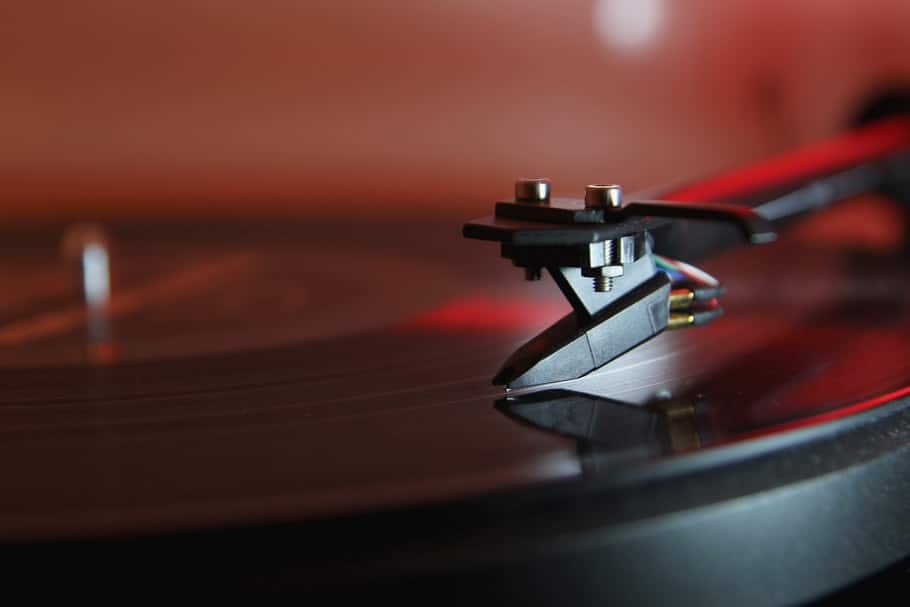
Radio (Around 1930)
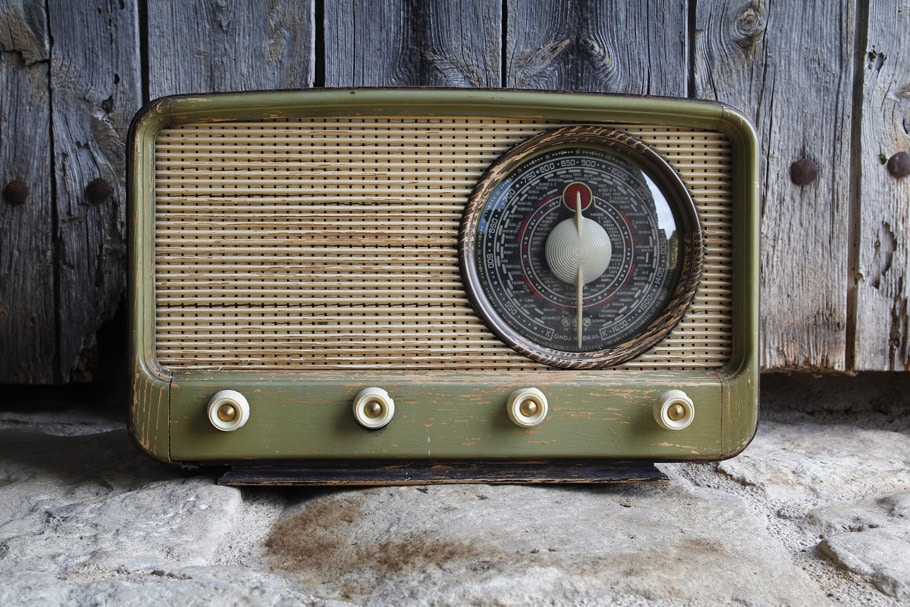
Hi-Fidelity Receivers (Around 1958)
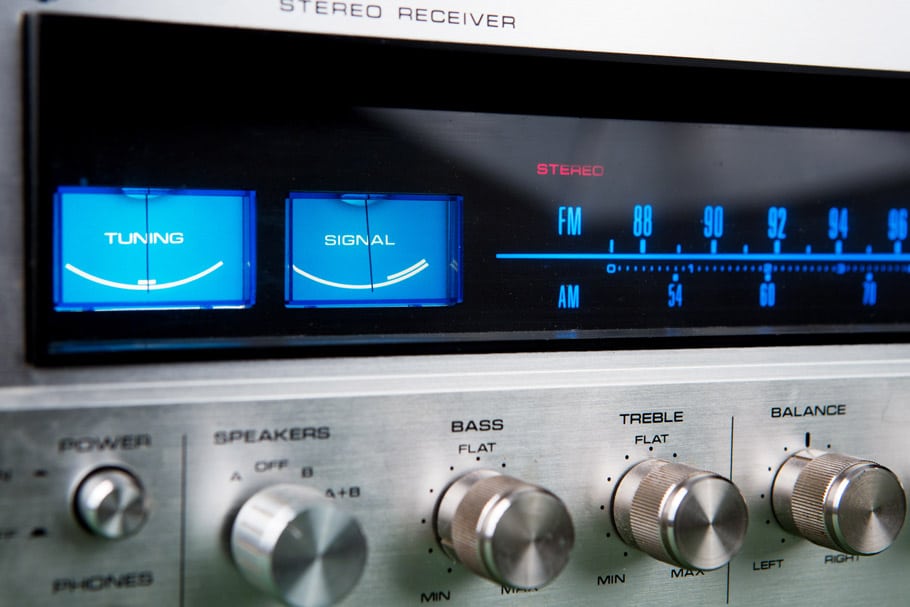 The audio that the earlier machines produced was so so, and there was need to improve the quality. In a bid to match the experience of a live orchestra, RCA Records, Bell Laboratories and Avery Fisher – an amateur violinist – played an important part in this endeavor, and Harman Kardon developed the first stereo receiver that integrated a radio tuner, pre-amplifier and an amplifier. The radio tuner featured FM.
The audio that the earlier machines produced was so so, and there was need to improve the quality. In a bid to match the experience of a live orchestra, RCA Records, Bell Laboratories and Avery Fisher – an amateur violinist – played an important part in this endeavor, and Harman Kardon developed the first stereo receiver that integrated a radio tuner, pre-amplifier and an amplifier. The radio tuner featured FM.
8-Track Home Deck (Around 1966)
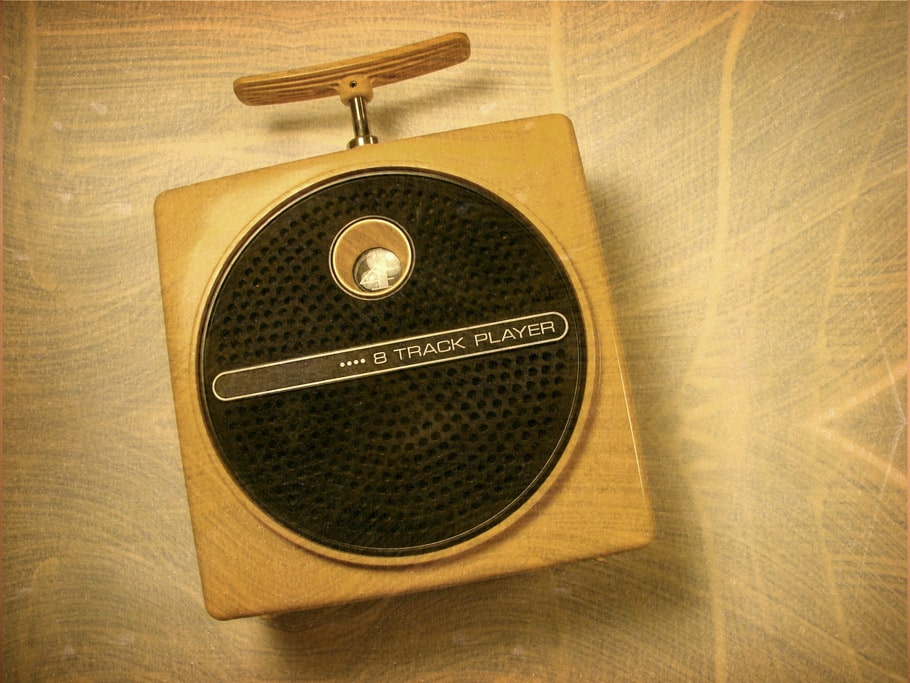 The machine used analog magnetic tapes that stored eight songs in parallel tracks. The technology was initially used in car radios but was later used in home decks. Although the device is largely considered a failure, it paved the way for later audio format.
The machine used analog magnetic tapes that stored eight songs in parallel tracks. The technology was initially used in car radios but was later used in home decks. Although the device is largely considered a failure, it paved the way for later audio format.
Component Stereo (Between 1960s and 1980s)
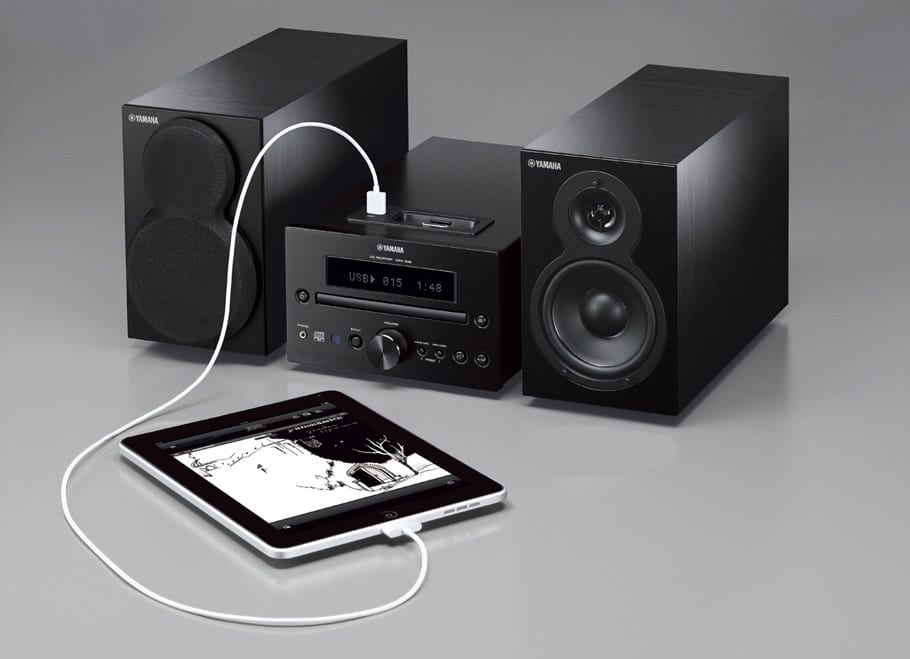
Cassette Deck (Between 1970s and 1990s)
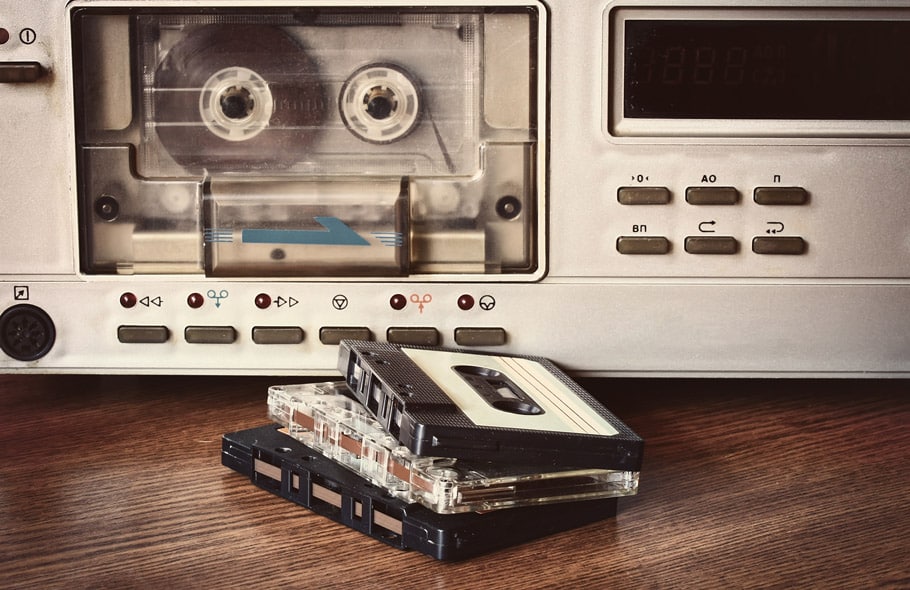
Boombox (About 1980)
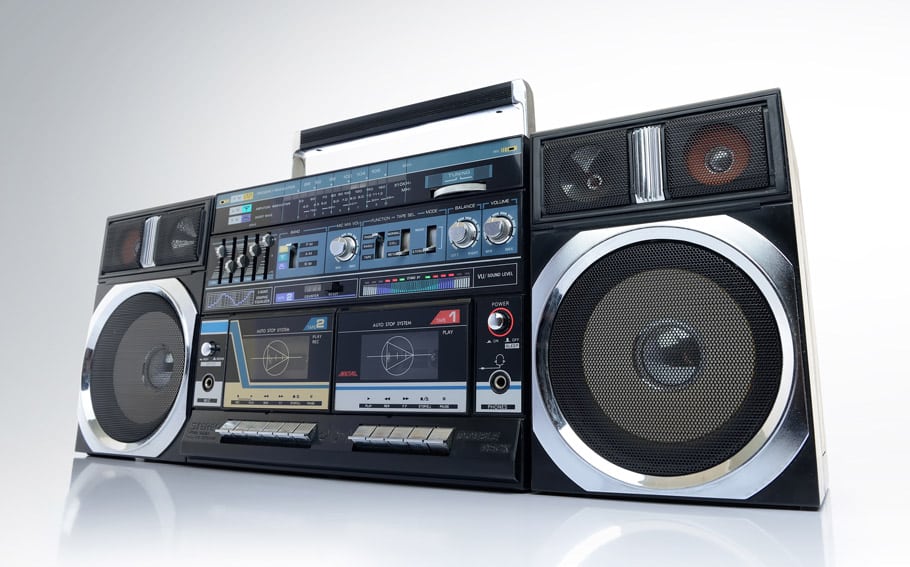
CD Stereo Player (Around 1982)
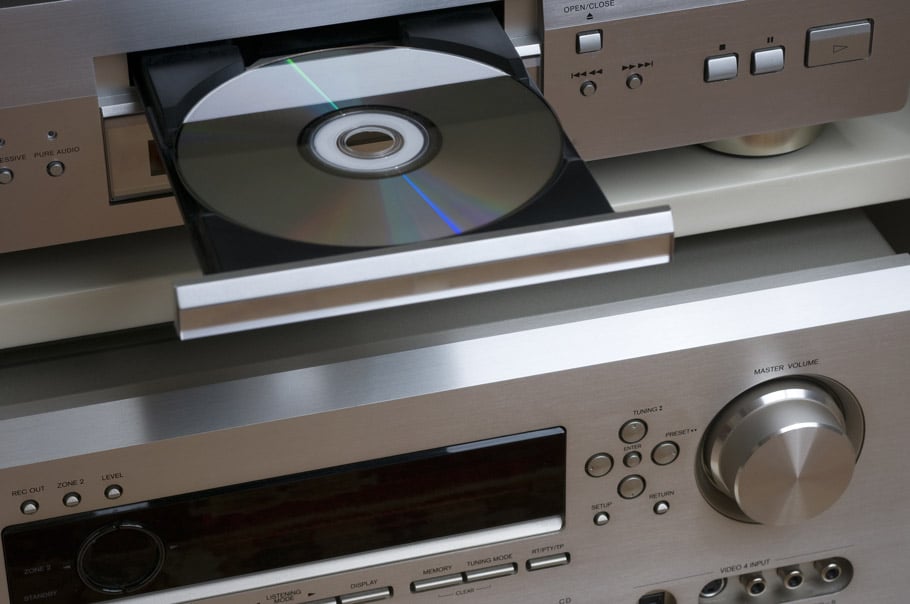
Super Audio CD Player (About 1999)
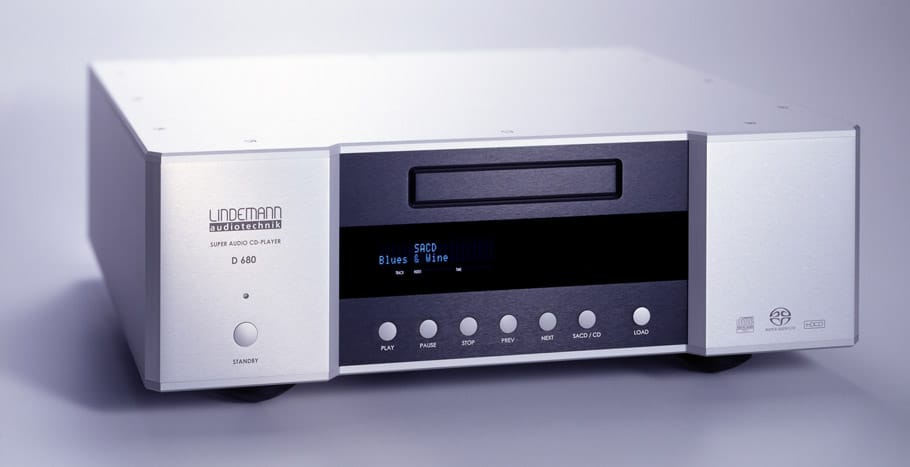
Wireless Speakers (Mid 2000s)
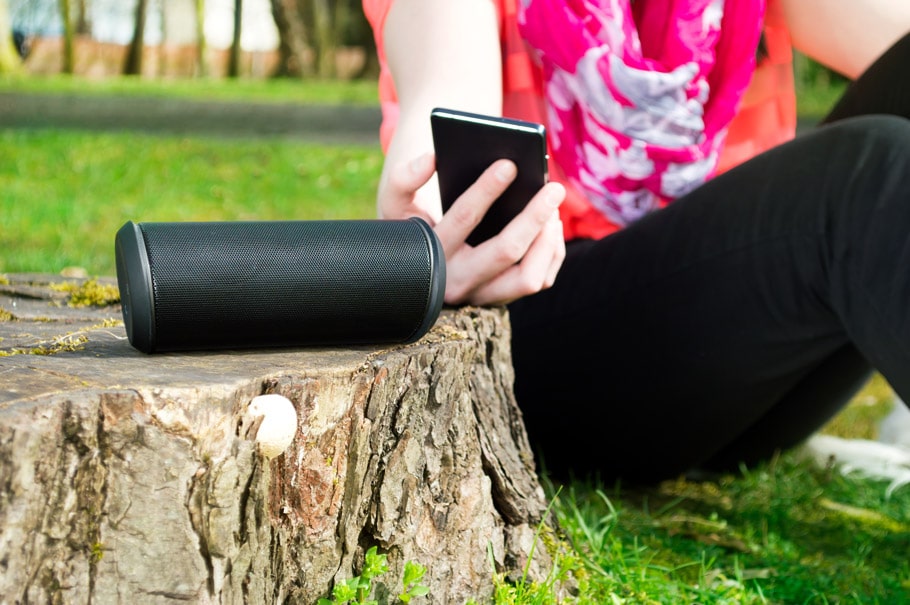
Whole Home Audio Systems (Present)
